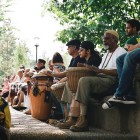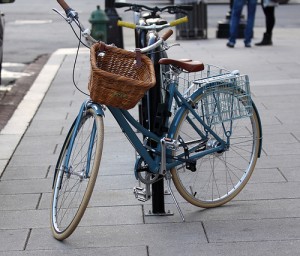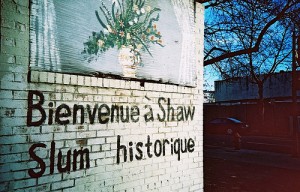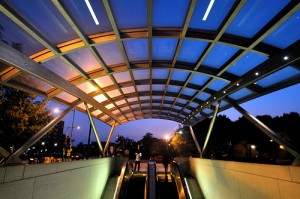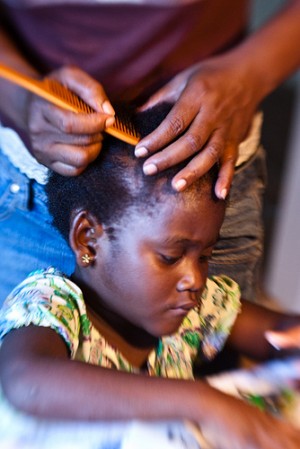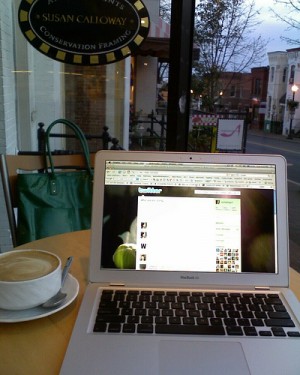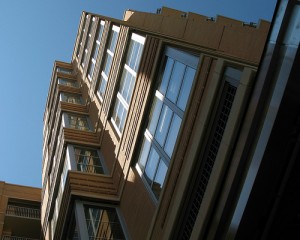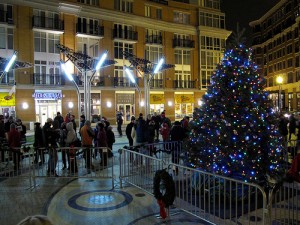
Flickr: Mr. T in DC
Christmas tree in Columbia Heights.
I stood at the customer service counter, wondering if anyone would notice me amid the shopping carts and baskets which surrounded me, each heaped with spurned gifts, returned merchandise that needed to be put-back. The lights were already dim in this part of the store, a testament to how slow my normally chaotic neighborhood had become due to the threat of snow. After several minutes, a tall, striking young employee approached me to ask if I needed help. I said that I needed to make a return.
Wordlessly, he rounded the carts and positioned himself behind the counter. I handed him my receipt and he scanned it, then reached for the tchotchke I was returning. He tossed it in to a giant bin behind him without looking. “$21 will go back on your card. Thank you.”
“Thank you,” I replied.
“Did you have a nice Christmas?”, he mindlessly asked.
And because I have no boundaries, I replied, “I don’t really celebrate it anymore. Some years ago, my dad went in to a coma on the 23rd of December and passed away on the 29th. We buried him on the 31st. So the holidays just haven’t been the same after that.” My cheeks were hot by the time my explanation trailed off awkwardly. I should’ve just said, “Yes, thanks for asking!” and walked out.
My answer had snapped him out of his exhaustion, haze, reverie. “That’s deep.”
“Do you think you’ll ever celebrate it again?”, he asked. I stared at him, and for the first time, I really saw him. He was too pretty for retail. He looked like he should be the supporting actor on a sitcom, the one-liner-spouting son with an easy smile, filling out a fake nuclear family on some set in L.A. I had noticed him before, but only in the most cursory way– he stood out from the other employees. While they shuffled, slouched and grumbled, his posture was flawless. While they layered tee-shirts and sagged their pants, he always wore a designer crewneck sweater and a trim, shiny belt with a giant French logo for a belt buckle. The latter could’ve been a fake, but if it was, it was a great one. No fraying threads or tarnished metal in sight. He took his appearance and his comportment seriously.
Continue reading →


